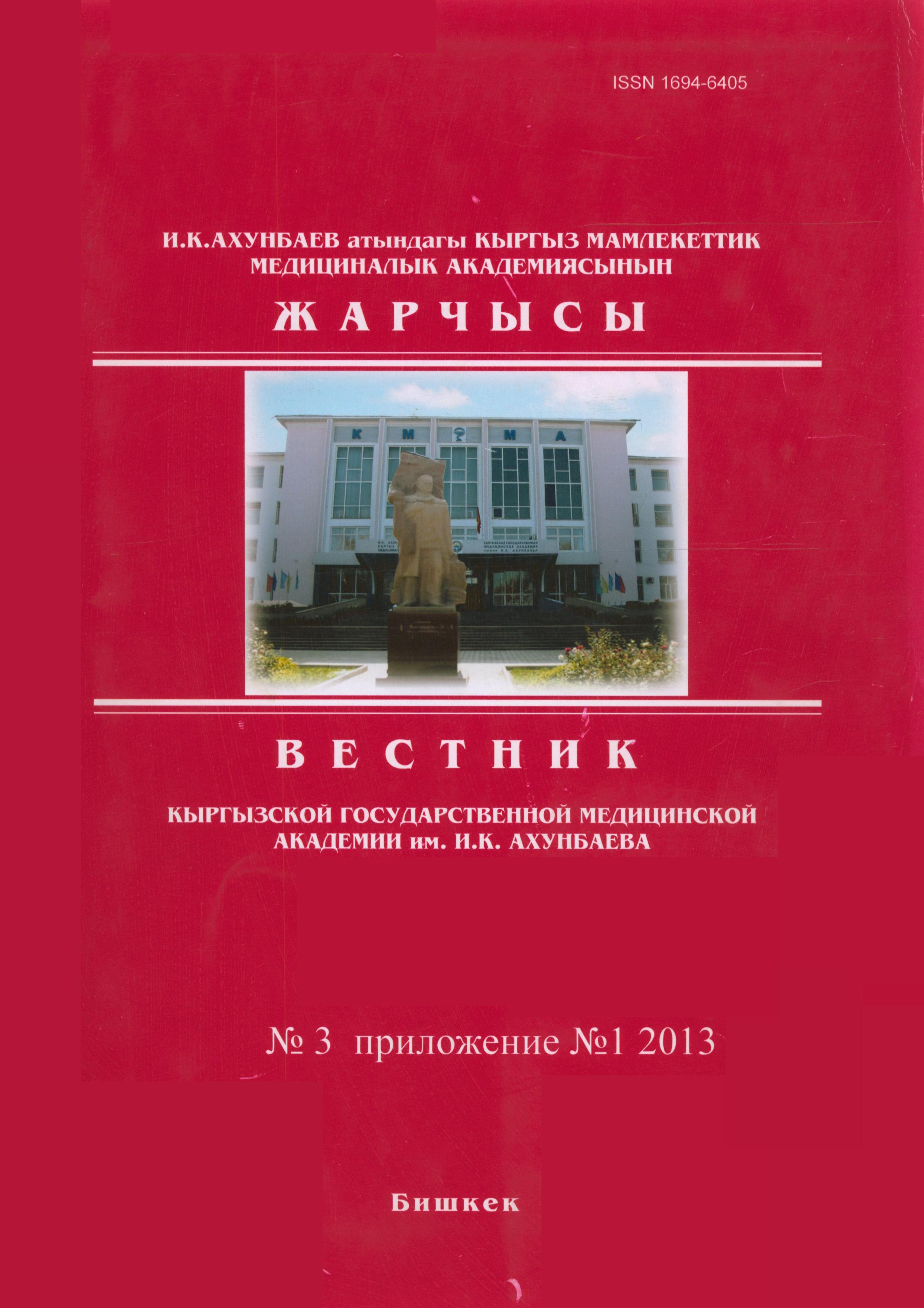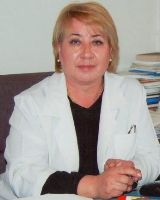STATUS AND VITAMIN A DEFICIENCY IN WOMEN AND CHILDREN IN KAZAKHSTAN
Abstract
Vitamin A status and vitamin A deţciency (VAD) among reproductive age women and children aged 6-59 months are studied at the national representative level. Normal levels of vitamin A in blood had 41.4% and borderline level - 35.4% of children.
Keywords:
status of vitamin A, vitamin A deţciency, women of reproductive age and children under ţve years of age.References
1. Global prevalence of vitamin A deǫciency in populations at risk 1995–2005. WHO Global database on vitamin A deǫciency. Geneva, World Health Organization, 2009 (http://whqlibdoc.who.int/publications/2009/9789241598019_eng.pdf, accessed 21 May 2011).
2. Humphrey JH, West KP, Sommer A. Vitamin A deǫciency and attributable mortality among under-5-year-olds. Bull WHO 1992; 70:225-232.
3. Imdad A, Herzer K, Mayo-Wilson E, Yakoob MY, Bhutta ZA. Vitamin A supplementation for preventing morbidity and mortality in children from 6 months to 5 years of age. Cochrane Database of Systematic Reviews 2010, Issue 12. Art. No.: CD008524. DOI: 10.1002/14651858.CD008524.pub2.
4. Global health risks: mortality and burden of disease attributable to selected major risks. Geneva, World Health Organization, 2009 (http://www.who.int/healthinfo/global_burden_disease/GlobalHealthRisks_report_full.pdf, accessed 20 May 2011).
5. Indicators for assessing Vitamin A deǫciency and their application in monitoring and evaluating intervention programmes. WHO, 1996, 66 p.
6. Saskia de Pee, Omar Dary: Biochemical indicators of vitamin А deǫciency: serum retinol and serum retinol binding protein. Presented at the Proceedings of the XX International Vitamin Consultative Group Meeting, Hanoi, Vietnam, February 12-15, 2001. // J/ Nutr., Sep. 2002, v. 132, No. 9S, p.2895S-2901S.
7. Ballew C., Bowman B.A., Sowell A.L., Gillespe C. Serum retiniol distributions in residents of the United States: Third National Health and Nutrition Examination Survey, 1988-1994. M. J. Clin. Nutr., 2001, v. 73, p. 586-593.
8. Olmedilla B., Granado F., Южныйon S. et al. Serum concentrations of carotenoids and vitamins A, E, and C in control subjects from ǫve European counries. Br. J. Nutr., 2001, v. 85, p. 227-238.
9. WHO. Serum retinol concentrations for determining the prevalence of vitamin A deǫciency in populations. Vitamin and Mineral Nutrition Information System. Geneva, World Health Organization, 2011 (WHO/NMH/NHD/MNM/11.3 (http://www.who.int/vmnis/indicators/retinol.pdf)
10. Guideline: vitamin A supplementation in infants and children 6–59 months of age. WHO, 2011, 29 p.
11. Шарманов Т.Ш., Тажибаев Ш.С. Национальная программа и план действий по профилактике дефицита витамина А (проект). Министерство здравоохранения РК, Казахская академия питания, ЮНИСЕФ, 2008, 26 с.
12. Guideline: vitamin A supplementation in postpartum women. WHO, 2011, 29 p.
13. Guideline: neonatal vitamin A supplementation. WHO, 2011, 26 p.
14. Guideline: vitamin A supplementation in infants 1–5 months of age. WHO, 2011, 28 p.



